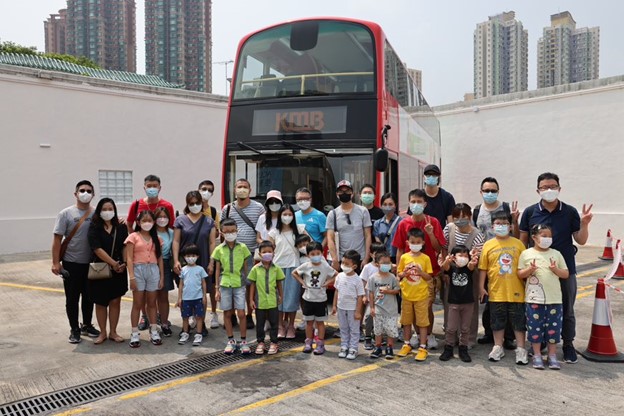Night-Time Light Trail Photography in Central

EOS 6D • EF 24-105mm f/4L IS USM • 10s • f/8 • ISO 100
What is light trail?
As its name suggests, light trail is the trail of light which we can capture by using a slow shutter as light moves. Normally it is done at night time, as there is a high chance of over-exposure for long exposure shooting during daytime, resulting in photos that capture nothing but white. (A solution to this is to apply ND filter to reduce the ambient light)

A weekday night is the best time for light trail photography. With busy traffic and more vehicles on the streets after work hours, you can capture stunning photos with ample trails of light easily.
Sometimes the standing water on the ground after rain can also add to the interest of photos by including the reflections in the composition.
Sometimes the standing water on the ground after rain can also add to the interest of photos by including the reflections in the composition.
Shooting Techniques

Exposure Mode
We recommend to use Manual mode for light trail photography in general, as this gives us the freedom and flexibilty to adjust to the optimal settings by changing parameters like exposure time and aperture value.Shutter Speed
The shutter speed (i.e. exposure time) should be the first thing to consider, as exposure time will determine the length and quantity of light trails in the photo, which in turn will have direct impact on the photo outcome. We suggest to use an exposure time of 10 seconds in order to capture a certain amount of light trails. Of course, you can decide the exposure time to use according to the situation. A longer exposure time should be used when photographing a distant scene of light trails, and vice versa.ISO and Aperture Value
A low ISO setting is always preferred under normal circumstances, and there is no exception for light trail photography. We can set the ISO to ISO 100 or 200 to minimize the formation of image noise. After the shutter speed and ISO setting are done, we can simply adjust the aperture value to control the exposure of an image. Give it a few trials and you can achieve the optimal exposure as desired.White Balance
A typical night scene in Hong Kong features mainly tungsten lights with color temperature of about 3000K. For more unique result, you can customize the color temperature value of your camera. For example, adjust to a lower color temperature of about 2200K-2300K to add a tint of blue to the image. You can also try different color temperature values to achieve the desired color result.Suggested Locations
Garden Road Footbridge Near Cheung Kong Center

EOS 6D • EF 24-105mm f/4L IS USM • 5s • f/7.1 • ISO 100
From here, we can take photos of vehicles going down slopes along Garden Road. Since this is an one-way raod, only white light trails of headlights can be captured but not the red rear lights.
Chater Garden facing the Former Legislative Council Building

EOS 6D • EF 24-105mm f/4L IS USM • 10s • f/8 • ISO 100
This spot can feature the former legislative council building as background (currently under renovation) to complement the traffic light trails of buses and trams on the foreground.
Footbridge at Connaught Road Central

EOS 6D • EF 24-105mm f/4L IS USM • 10s • f/8 • ISO 100

EOS 6D • EF 24-105mm f/4L IS USM • 10s • f/9 • ISO 100
This is a pretty good location to capture busy traffic on three roads with the majestic IFC building as background.

